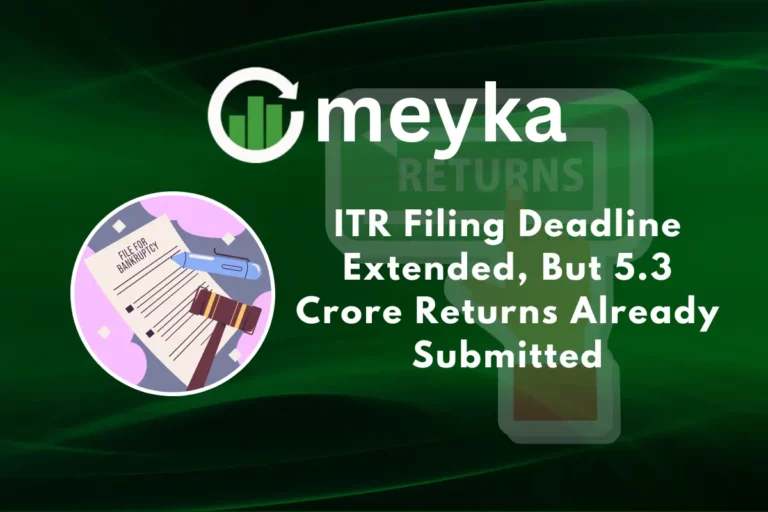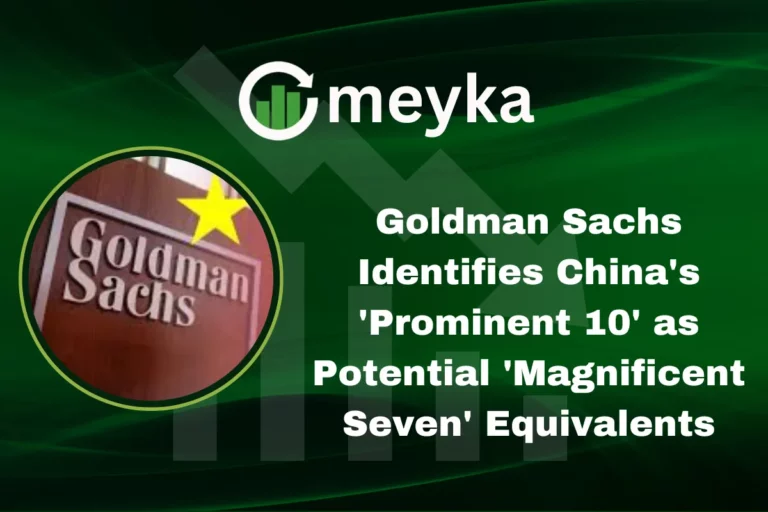XRP ETFs Could Unlock $100 Trillion in Traditional Finance, Says Bitwise CEO
We’re at a turning point in finance. The CEO of Bitwise Asset Management, Hunter Horsley, said that a spot ETF for XRP could open the door to trillions of dollars in traditional finance flows. In plain terms, we could soon see mainstream institutions, pension funds, banks, and asset managers entering the crypto world via XRP. The idea is that if XRP gets ETF status, it won’t just be about crypto traders. It could become a bridge between our current banking system and digital‑asset markets. Why does this matter? Because XRP isn’t just another token. It’s built for speed, for cross‑border settlements, and for big-scale finance. And when money that already sits in traditional finance systems starts pouring in, the scale could be massive.
We will examine what the Bitwise CEO actually said, why XRP stands out for an ETF, how traditional finance might be rewired because of it, and what it all means for the future of finance.
What Did the Bitwise CEO Say?
Hunter Horsley argued that an XRP ETF would not suffer from “apathy”, a common death knell for many ETFs. He noted that over $100 trillion of assets currently sit within traditional financial systems and that an ETF often acts as the bridge that allows such capital to gain exposure to new digital assets.
In other words, when institutions feel comfortable, they bring big money. An XRP ETF could channel that money into crypto via a familiar and regulated product.
Why XRP Is Being Considered a Prime ETF Candidate
There are several reasons why XRP is being singled out:
- Utility: XRP is built to help with cross‑border payments and liquidity between currencies.
- Institution‑friendly narrative: The company behind XRP, Ripple Labs, has concentrated on banking/enterprise adoption rather than just retail hype.
- Legal/regulatory progress: Some clarity has emerged regarding XRP’s legal standing, which reduces uncertainty for large institutions.
- Liquidity and market readiness: XRP already has substantial volume and interest; an ETF would build on existing momentum.
These factors together make XRP a stronger candidate for institutional adoption than many other alt‑coins.
How XRP ETFs Could Tap Into the $100 Trillion Financial Market
Let’s break this down:
- Traditional finance houses manage tens of trillions in assets, including banks, pensions, and mutual funds. XRP’s ETF possibility gives them a regulated on‑ramp into crypto.
- An ETF structure means investors don’t have to hold the crypto token directly; they buy shares that track the underlying crypto’s performance. That lowers friction and legal risk.
- When large amounts of capital flow in via an ETF, it can trigger deep liquidity, tighter spreads, and more institutional confidence.
- If XRP becomes an accepted settlement bridge or token for large‑scale finance (including Central Bank Digital Currencies or tokenised assets), then the value proposition expands. The ETF is just the gateway.
So the $100 trillion figure isn’t about the token alone; it’s about the potential pool of capital that could move into crypto via this instrument.
Ripple’s Positioning in the Institutional Finance Ecosystem
Ripple Labs is positioning XRP not just as a speculative coin but as part of the plumbing of global finance:
- The company is working on corporate treasury tools, custody solutions, and liquidity corridors.
- XRP Ledger, the network behind XRP, supports fast settlement and tokenisation efforts. That appeals to enterprises wanting efficiency.
- Recent institutional moves (acquisitions and partnerships) bolster credibility, e.g., the Hidden Road acquisition for post‑trade infrastructure.
In short, we see XRP being built for real use cases, which helps its story when you talk to banks or asset managers.
Regulatory Environment & ETF Approval Chances
Regulation is always key. Here’s the current state for XRP ETFs:
- Several firms (Bitwise, Canary Capital, 21Shares, Franklin Templeton) have filed amended S‑1 registration statements for spot XRP ETFs.
- Some filings use streamlined language (8(a) amendments) to accelerate the ability to launch.
- A government shutdown in the U.S. slowed some approvals, but reopening is seen as a positive for ETF momentum.
- The legal case of Ripple vs the U.S. Securities and Exchange Commission gave mixed outcomes: XRP was ruled not a security in some contexts, but institutional sales of XRP were deemed unregistered offerings.
Although approval is not guaranteed, the convergence of filings, momentum, and institutional demand makes the chances meaningful.
The Broader Institutional Shift Toward Digital Assets
We can’t talk about XRP in isolation. The broader trend is translating into meaningful flows:
- Institutions are seeking regulated access to crypto. ETFs and ETPs are part of that shift.
- Tokenisation of assets, CBDCs, and blockchain‑based settlement are becoming strategic priorities for banks and treasuries.
- XRP’s story fits into “finance meets blockchain” rather than “coin meets speculation”. That makes it more palatable for institutional money.
Thus, the ETF possibility is less about hype and more about bridging two worlds: traditional finance and digital assets.
Is XRP Ready for ETF‑Level Demand?
Let’s assess readiness:
Strengths
- XRP has strong liquidity and a large community.
- Partner ecosystem and enterprise focus give it structural backing.
Challenges
- Even with filings, approval still isn’t final. Until regulatory green‑light, risk remains.
- Volatility remains elevated. XRP is still establishing consensus with major investors.
- Operational readiness (custody, compliance, audit) must scale further for large‑scale institutional flows.
In short, XRP is well-positioned, but the leap into full institutional scale has hurdles to clear.
Challenges & Risks
Every big opportunity has big risks. Here are the key ones for the XRP ETF scenario:
- Regulatory uncertainty: Even minor changes in interpretation or policy can slow or stop ETF launches.
- Competition: Other networks, stablecoins, or tokenised rails could compete with XRP’s settlement proposition.
- Market maturity & infrastructure: For institutions to commit billions, custodial safety, auditability, and regulatory clarity must be top-tier
- Volatility: Large movements up or down can spook risk‑averse institutions or trigger red flags.
Thus, while the upside is large, the caution is justified.
Conclusion
We stand at a juncture where a regulated product, a spot XRP ETF, could open the gates to vast sums of institutional capital. XRP’s case is compelling: real‑world utility, growing institutional readiness, and regulatory progress. The $100 trillion figure may sound huge. It is. But it reflects the size of the pool of existing institutional assets, not just speculative crypto money. If everything aligns, approvals, infrastructure, and adoption, XRP could transform from niche crypto to a mainstream finance bridge. But if hurdles dominate, then this remains a “what‑could‑be” story. For now, we watch. Institutions are leaning in. ETF filings are accumulating. XRP is tracking near key levels. And the conversation has shifted. From “Will it happen?” to “When will it happen?” And that’s a meaningful waypoint for all of us.
FAQS
We don’t know yet. Bitwise Asset Management and other firms have filed for a spot XRP ETF with the U.S. Securities and Exchange Commission (SEC). The SEC has not approved one so far.
Technically possible, but very unlikely under current conditions. Many analysts say reaching $100 would require a huge market‑cap jump for XRP.
Yes. Bitwise filed a Form S‑1 for a spot XRP ETF/ETP with the SEC in October 2024.
Disclaimer:
The content shared by Meyka AI PTY LTD is solely for research and informational purposes. Meyka is not a financial advisory service, and the information provided should not be considered investment or trading advice.






